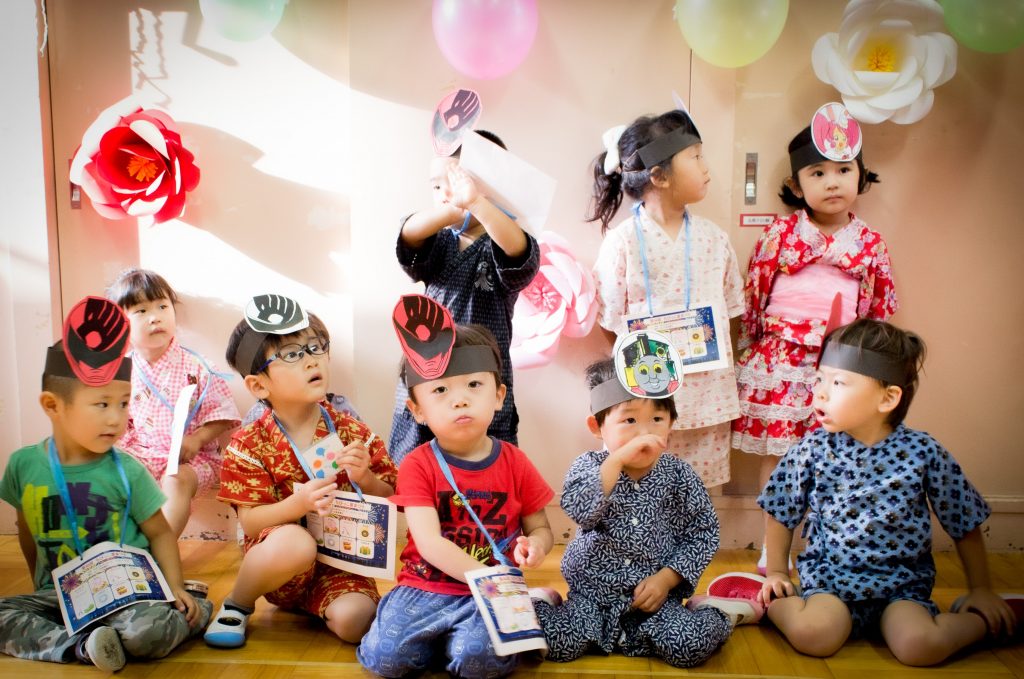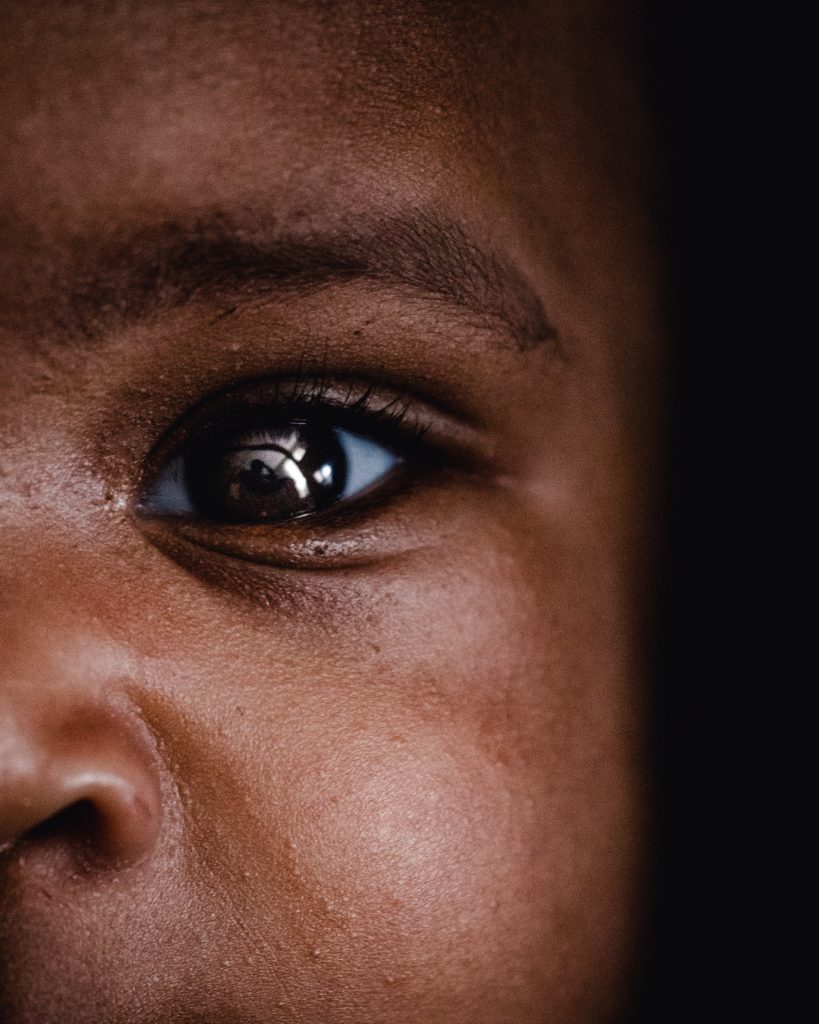What is Amblyopia/Lazy Eyes?

Eye Care Your Kids Campaign
June 27, 2020
DOUBLE DEALS!
August 30, 2020
Have you ever heard of amblyopia? What about lazy eyes? How can the eyes be lazy? Is it because the person is so lazy that the eyes become lazy too? What exactly are lazy eyes? Today we will be discussing what amblyopia (or more commonly known as lazy eyes) is, why it happens, and how we can prevent it.

This does not 100% means that the child has amblyopia / lazy eyes.
Very frequently, we will have parents bringing their child to our practice asking if their child has lazy eyes. There are also times when teenagers or adults that tell us that the previous optical shop they went told them that they have lazy eyes, and after examining their eyes, more often than not, it turns out that they do not have lazy eyes.
There is much confusion over what lazy eyes are. Many people commonly confuse lazy eyes with a squint/strabismus (misalignment of the eyes). While lazy eyes sometimes can cause a person to develop strabismus, they are both not the same condition. Another eye condition that people commonly mistaken for lazy eyes is a condition known as anisometropia, in which the refractive power in both eyes has a huge difference.

Amblyopia is a type of vision problem whereby there is a breakdown in how the brain and eye work together. In an amblyopia patient, the brain is unable to process the input from one eye, and over time favors the other eye. We can define lazy as the loss or lack of development of central vision in one eye that is unrelated to any eye health problem and is not correctable with lenses. This breakdown happens when a person usually child does not use both eyes together. It usually develops before the age of six and can only be corrected before the age of nine. If the condition is detected after nine years of age, it is tough to treat, and the outcome of treatment is generally poor.
A Malaysian research conducted in 2018 found that the prevalence of amblyopia in pre-school children was 7.53%, and 66% out of the amblyopic children had bilateral amblyopia. This result highlights an urgent need for the pre-school eye examination so that we can detect and treat amblyopia effectively.


Amblyopia usually occurs when there is an undetected refractive error in young children. The problem with young children is they do not know how to differentiate what is a clear vision and what is a blur vision; therefore, the refractive error can be a challenge to detect without bringing the child for a vision examination. Parents can prevent amblyopia from happening by routinely bringing their children to a registered optometrist for a vision assessment.

A child should undergo at least one primary eye care examination before they start primary school; we often call this examination as -pre-school vision assessment. In this process, the optometrist will thoroughly examine your child’s eyes and can detect and rule out any potential eye problems, including amblyopia. Should the optometrist detect that the child has a lazy eye, management for such a condition should start immediately, especially if the child is below the age of 9. If the child is above the age of 9, there is very little that we can do to improve the sight of the child. Management of amblyopia usually involves correcting any uncorrected refractive errors, before putting the child on 1-3 months follow-up. Full-time correction wear is mandatory to expose the child with a clear vision, in which the later is the stimulus for the development of the visual pathway. Very often, visual acuity will improve after full-time use of correction. However, there are times where vision does not improve, patching therapy will then be prescribe. Patching therapy involves patching the good eye and forcing the child to use the weaker eye. This exercise is usually very stressful for both children and parents as the children generally do not likes to be patched. The child is then required to perform some visual intensive tasks when patched to stimulate the visual pathway. The optometrist should closely monitor the whole process as we do not want to over patch the child and cause a reversal of amblyopia to the other eye.

As you can see, lazy eye therapy is not exactly the easiest thing to do, especially when patching is required to be done on a young child. However, we can easily prevent all of these hassles if the child is having his or her routine vision examination from an early age. With the rise of myopia globally, early detection is vital to stop lazy eyes from progressing. Let us all share this information with parents around us.
Together we can fight amblyopia!


